This is my entry for #marketfriday hosted by the compassionate and artistic @dswigle. Wat Bovorn (the full name is Wat Bovorn Niveswiharn),is my favourite Buddhist temple in Bangkok. The atmosphere there is peaceful and quiet with lots of trees and old buildings reflecting cultural changes in the past hundred years. The architecture and art objects decorating the temple always capture my imagination about what happened during the earlier reigns of benevolent Siamese Kings.
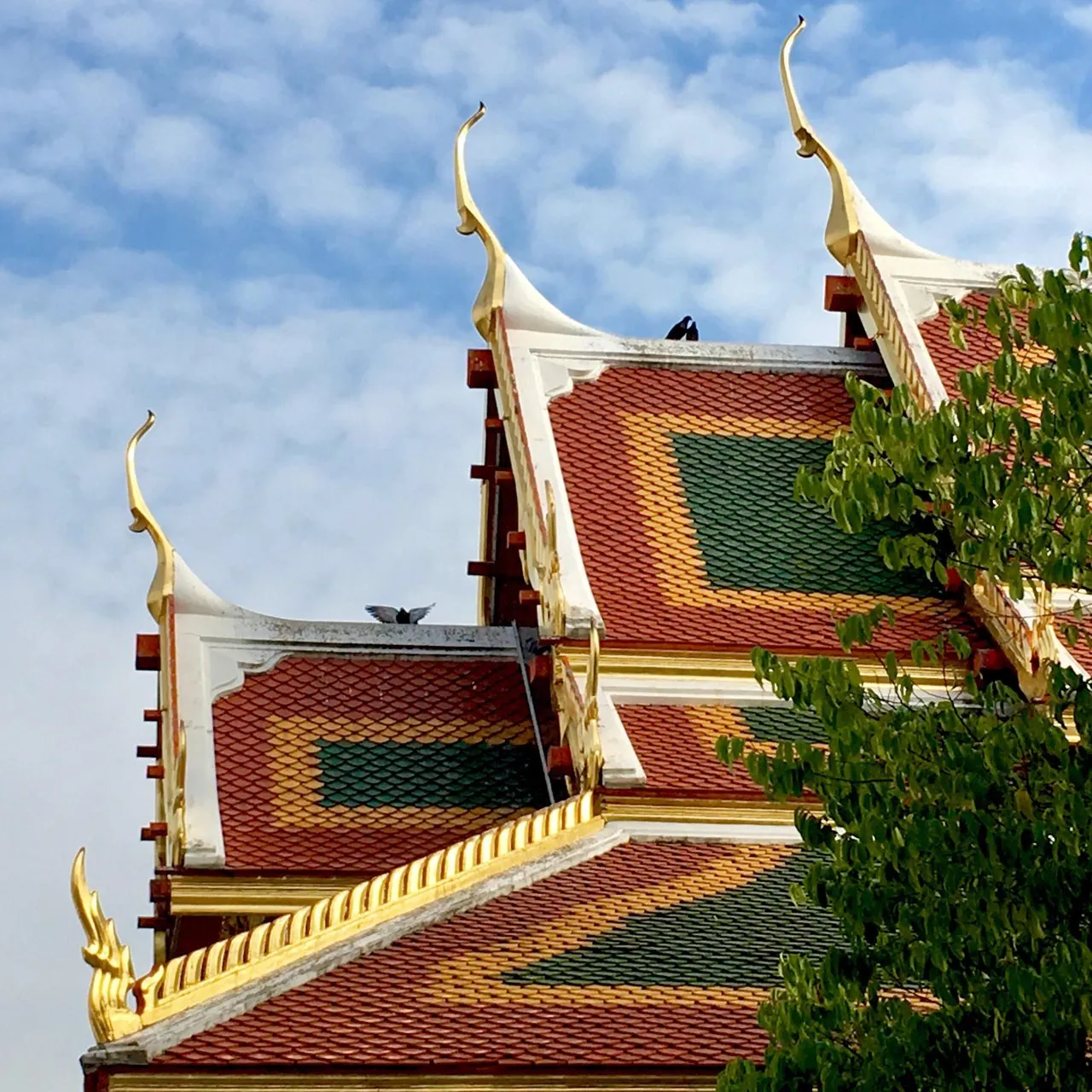
This temple has a very interesting mixture of architecture: Thai, Chinese and European designs. Originally this temple was very small and dilapidated; it was rebuilt and expanded during the Reign of King Rama I when he started build the new Royal Palace on the opposite side of the river, where the Old Palace of King Taksin was situated. This was the beginning of the foundation of Bangkok as we know today.
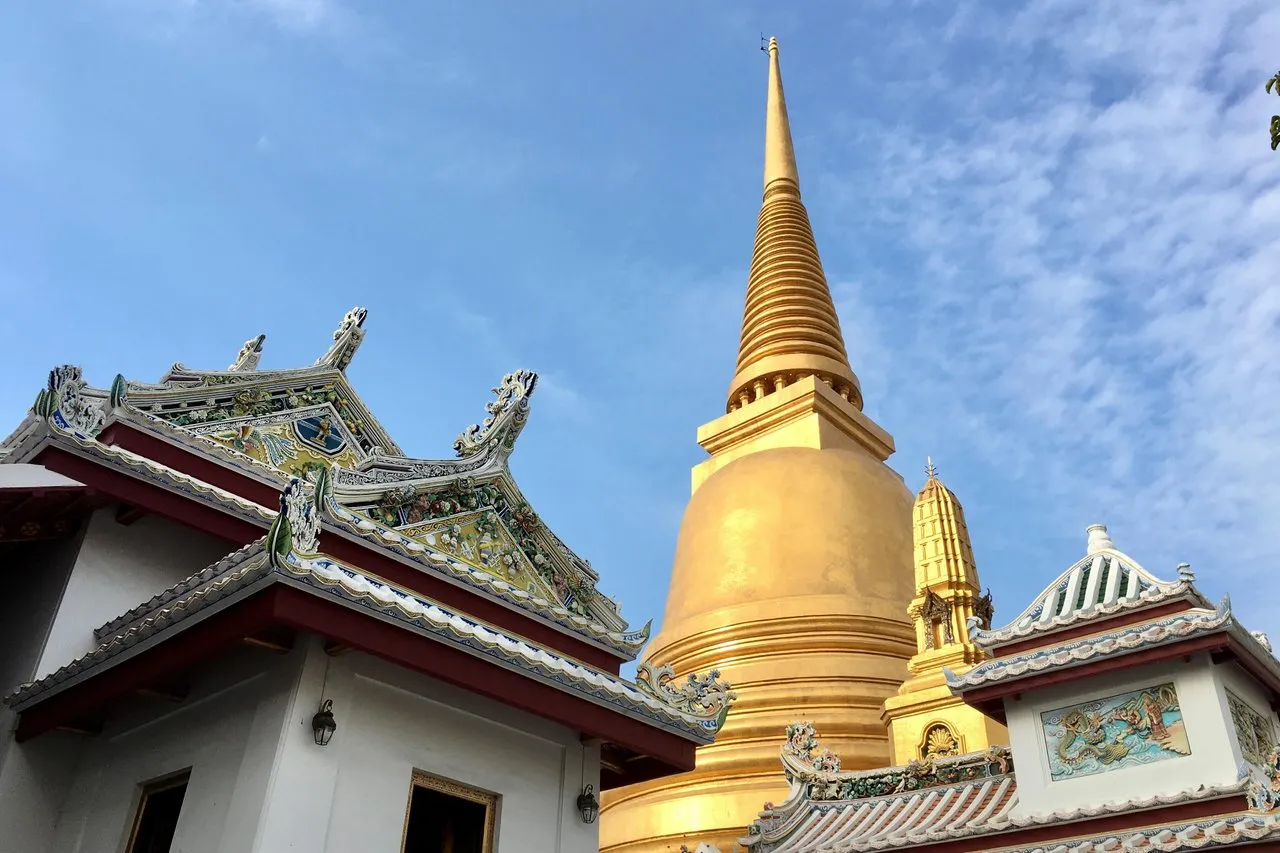
This temple became important and had new buildings built to accommodate the various young Princes while they were ordained as novices and monks. It is a tradition for Thai families to have a son ordained as a novice or, preferably as a monk for at least a month. Buddhists believe that the good merits from the becoming a monk would bring auspicious result to the whole family and could help the parents to go to higher realm or heaven after their death. So, it has become an informal duty of a son to find the opportunity to become a monk for the sake of his beloved family.
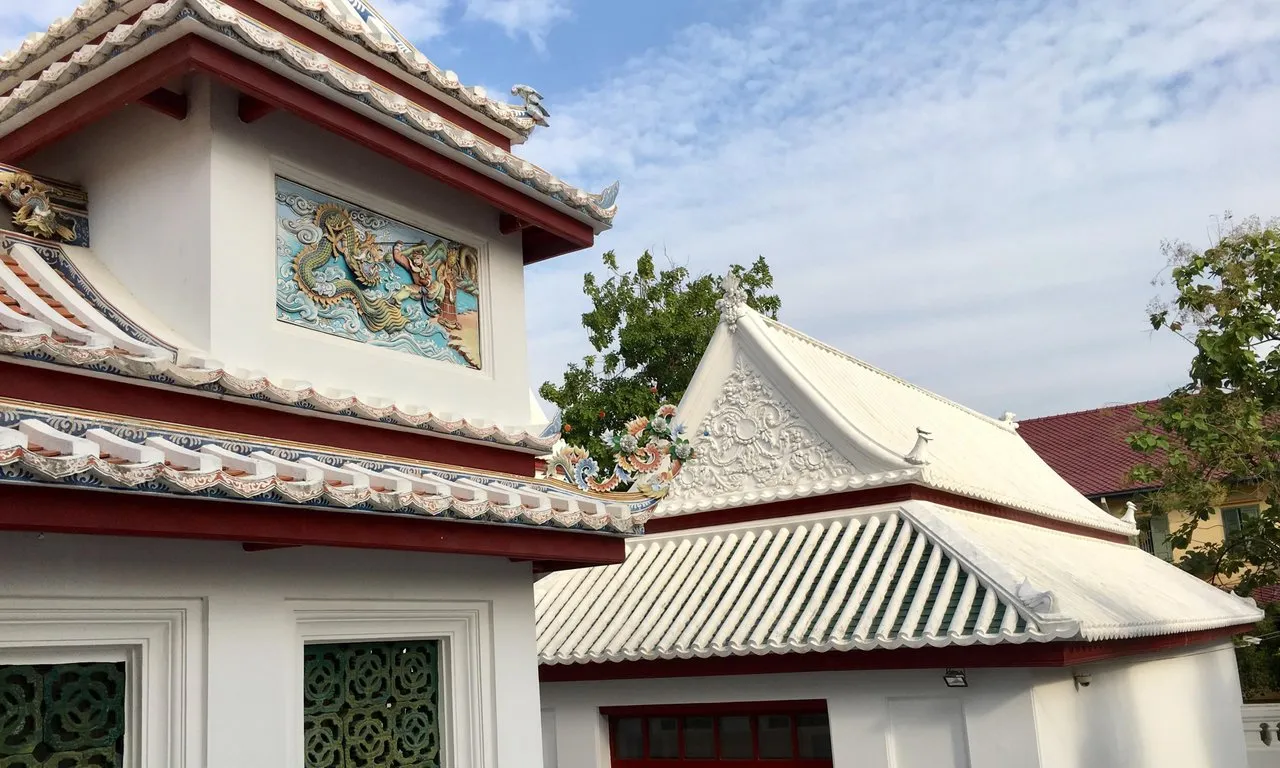
Young Princes had been staying at this temple while being monks from the Reign of King Rama II to King Rama VI. So, there are several nice buildings with strong Chinese and European architecture.
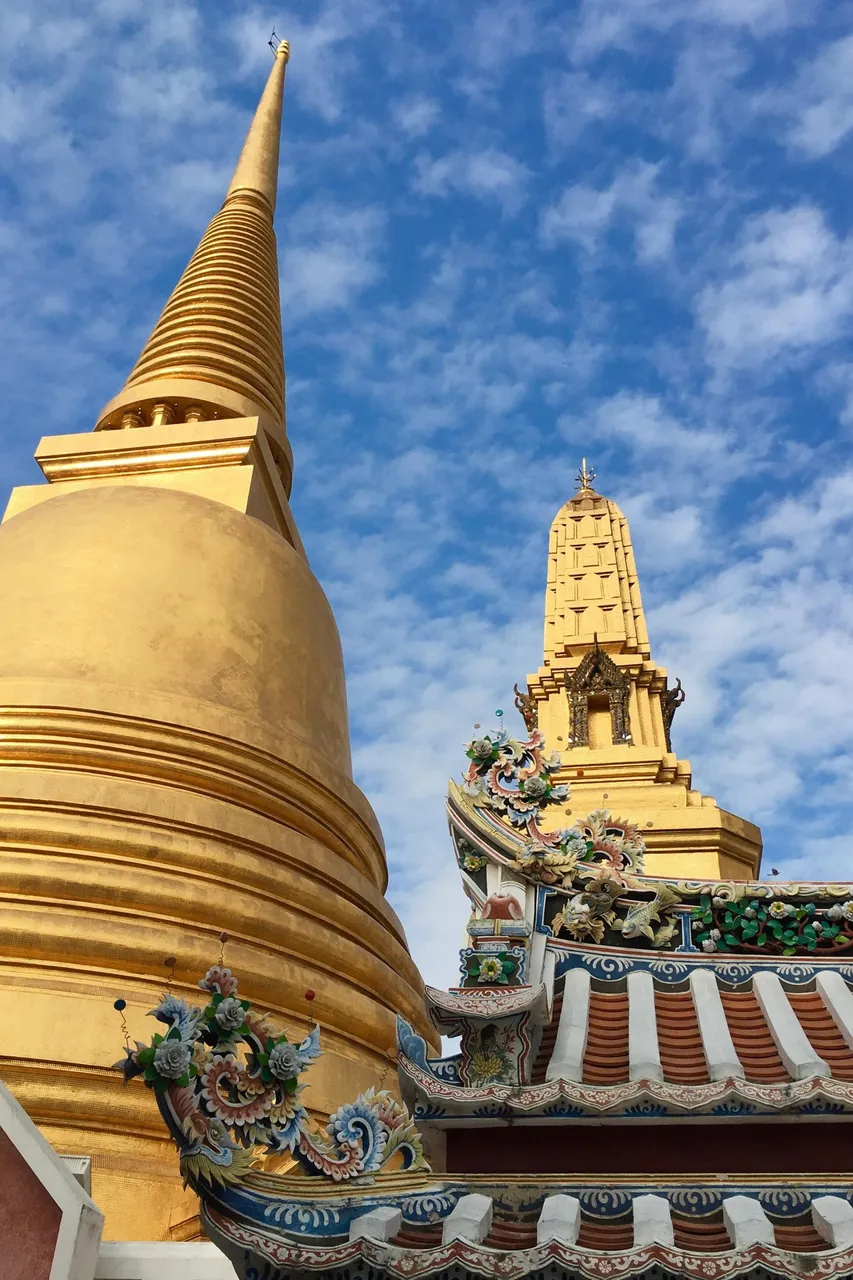
More Chinese style buildings were added during the Reign of King Rama III with Chinese stone sculptures decorating the temple. Siam became very prosperous from trading with Chinese merchants during this Reigns; hundreds of Chinese trading ships anchored along the Chao Phraya River. Craftsmen and Chinese art objects including furniture started to arrive in Siam. Chinese art became a novelty and fashionable during that period. Many new buildings in various temples adopted white Chinese roof style with dragons and Phoenix designs instead of the Thai orange tiles and Naga design on the roof. During this time, lots of Chinese porcelains were imported into Siam, some old pieces could still be seen decorating temples roofs and pagodas.
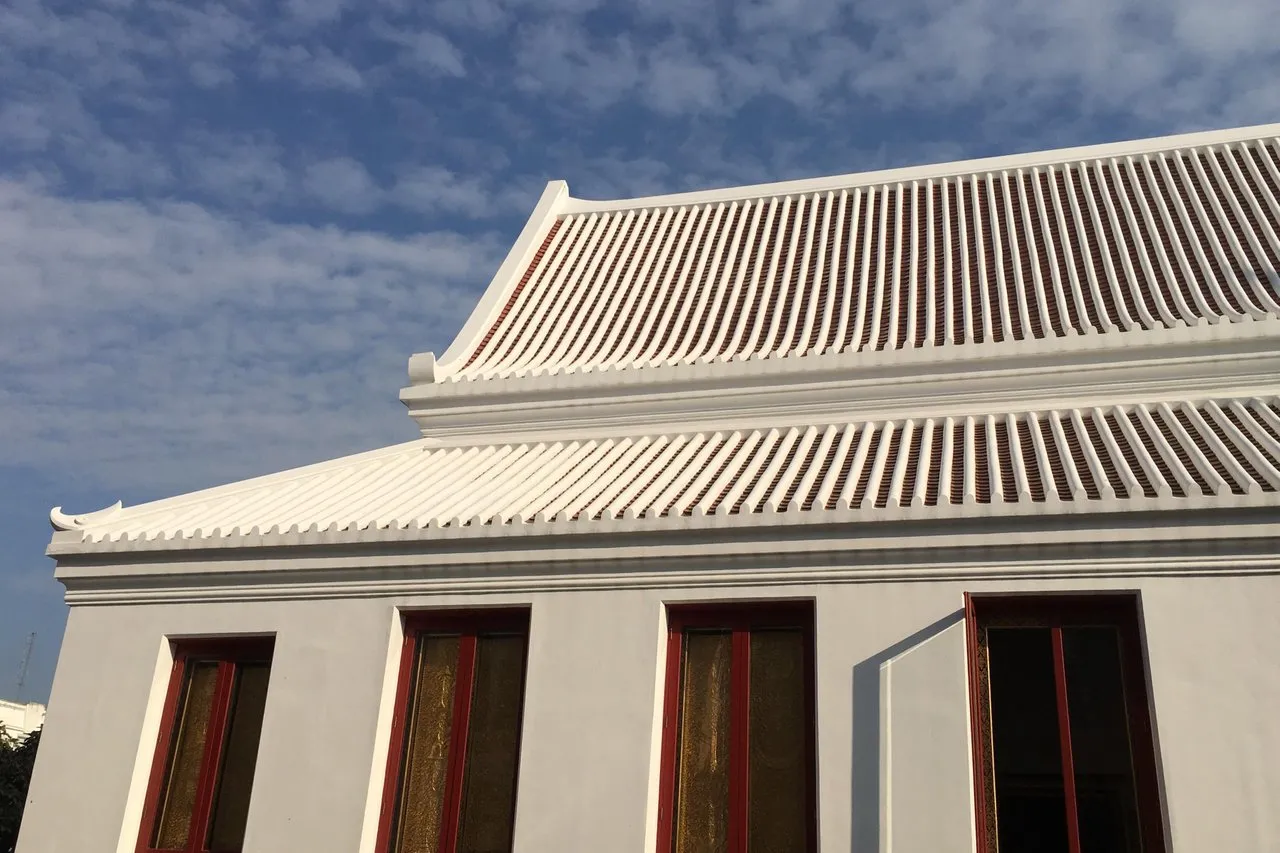
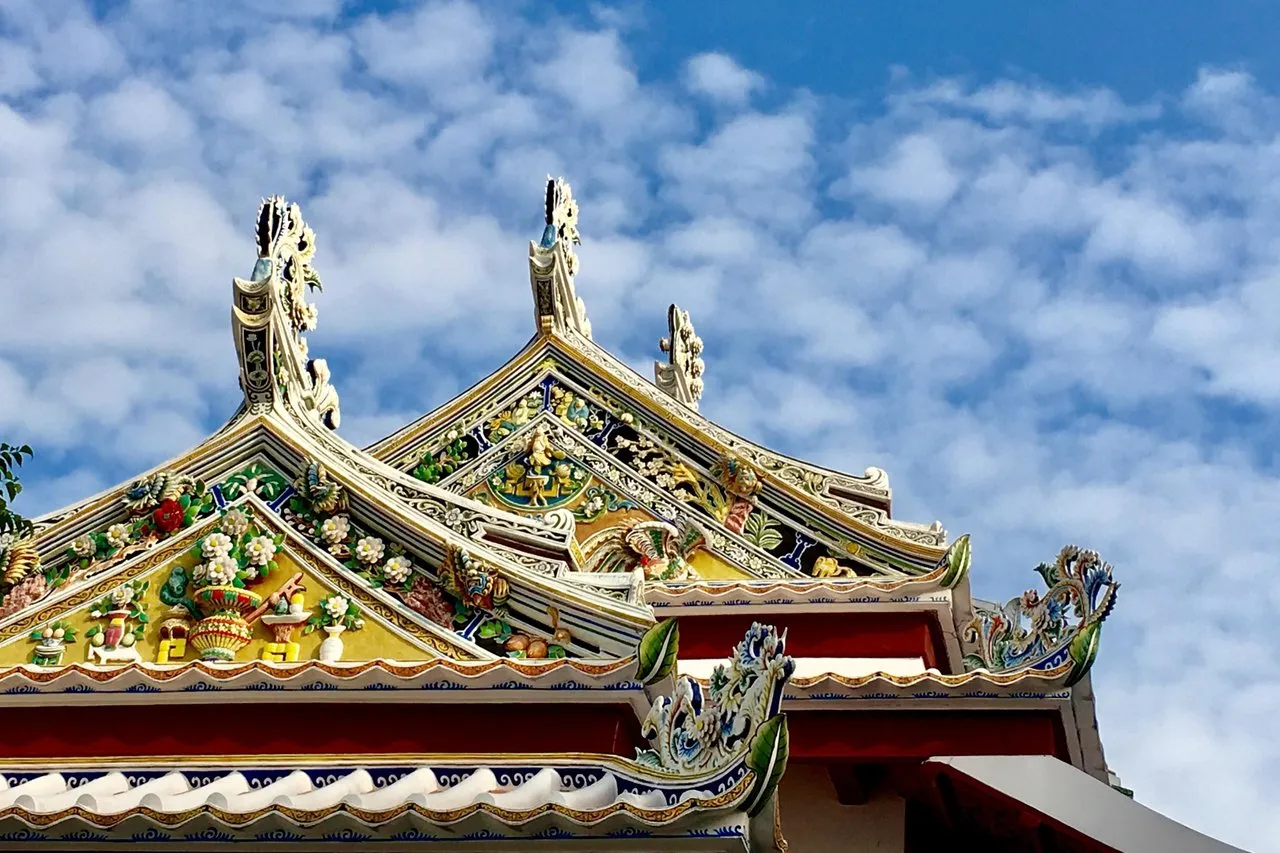
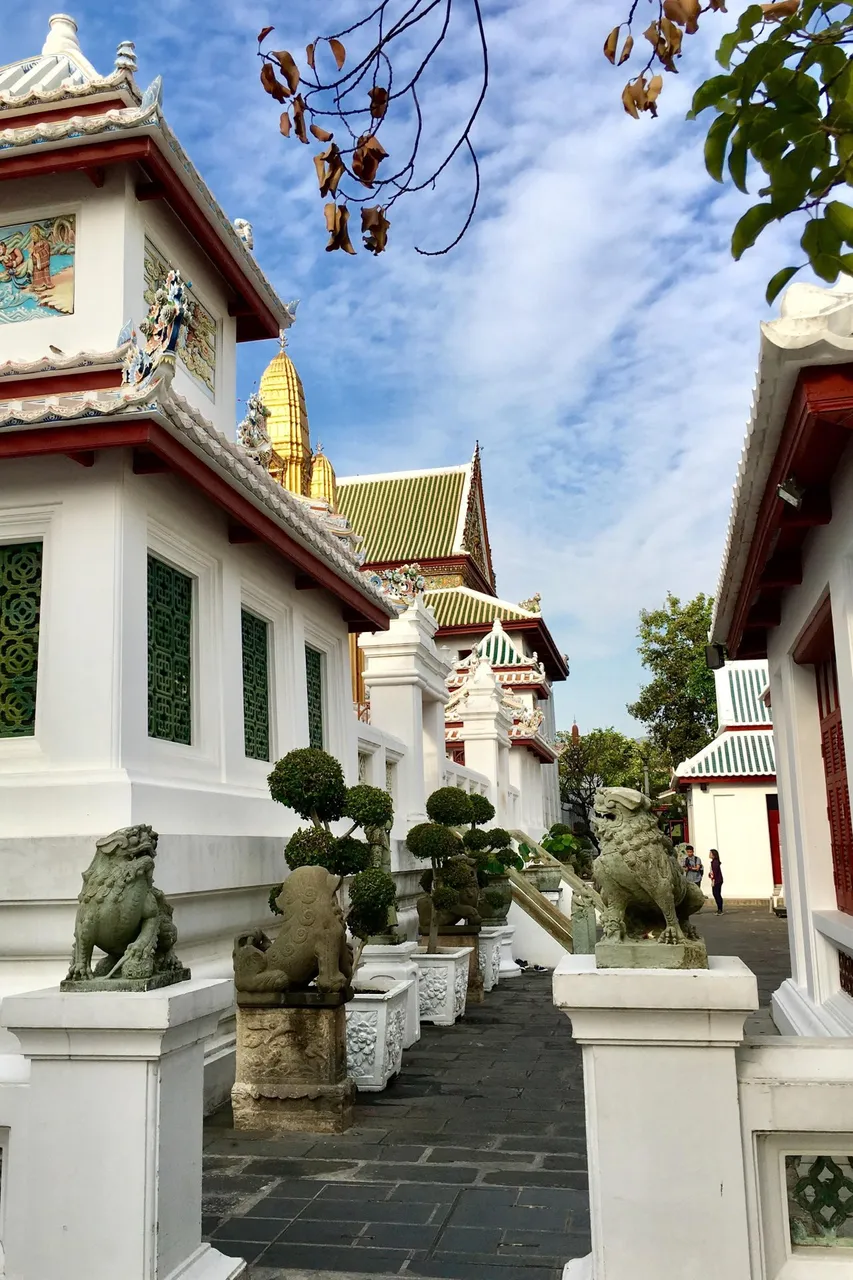
วัดบวรนิเวศวิหารเป็นวัดที่เราชอบมาก เพราะมีบรรยากาศที่เงียบสงบ และมีต้นไม้ใหญ่ให้ร่มเงา แต่เดิมวัดนี้เป็นวัดเล็กๆ พอมาในสมัยรัชกาลที่1 มีการย้ายเมืองหลวงแบะการสร้างพระราชวังและวัดในกรุงรัตนโกสินทร์ จึงมีการสร้างวัดและขยายบริเวณให้กว้างขึ้น และให้ชื่อว่าวัดบวรนิเวศวิหาร เมื่อมีการขยายและสร้างอาคารเพิ่มขึ้น เพื่อให้เป็นที่ประทับของเจ้าฟ้าและราชนิกุลเมื่อครั้งทรงผนวชที่วัดนี้ วัดบวรจึงมีความสำคัญมากขึ้น และกลายเป็นที่จำพรรษาของเชื้อพระวงศ์ตั้งแต่นั้นเป็นต้นมา ที่วัดนี้จึงมีอาคารที่สะท้อนประวัติความสัมพันธ์ทางการค้าและสังคมกับวัฒนธรรม ที่มีความเกี่ยวข้องกับการเติบโตของสยาม วัดจึงได้รับอิทธิพลทางสถาปัตยกรรม จากจีน และทางประเทศยุโรปมาผสมผสานกับของไทย
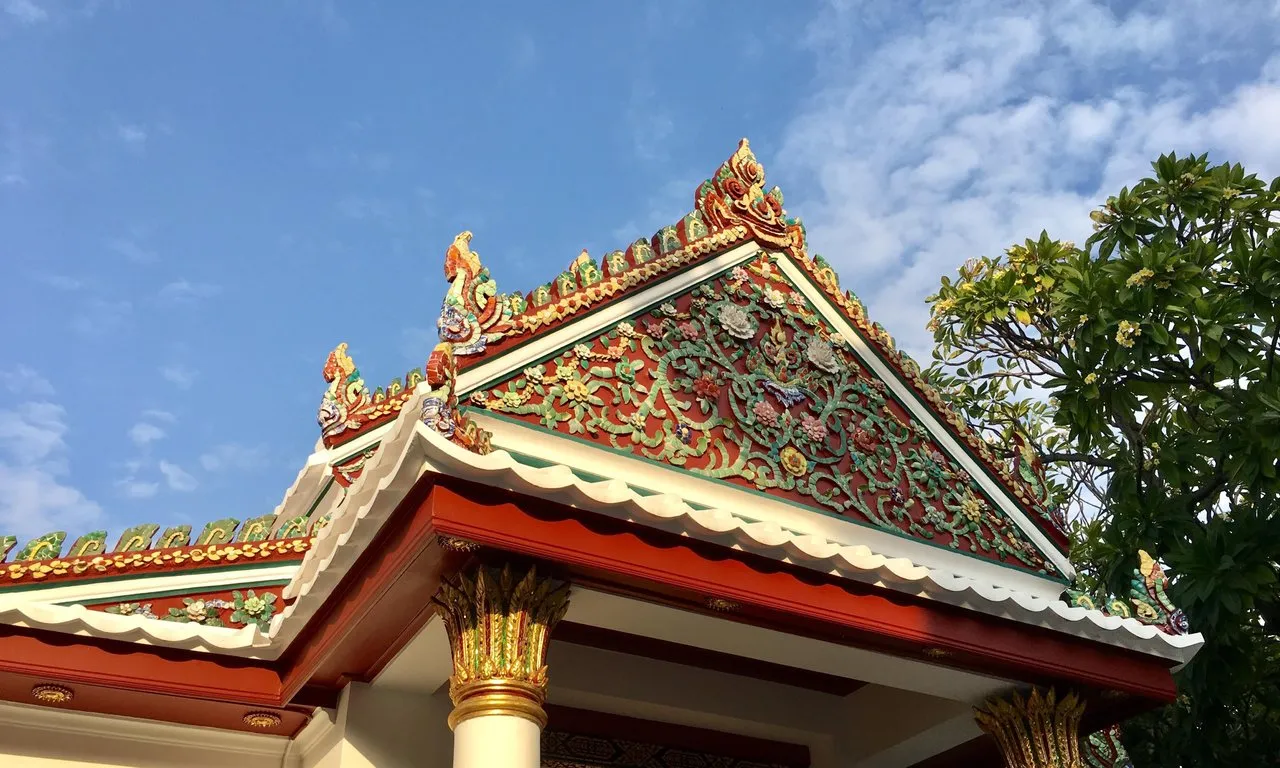
เราจะเห็นสถาปัตยกรรมแบบจีนในวัดบวรนิเวศน์หลายอย่าง เข่นหลังคาที่ทำเป็นแบบเก๋งจีน ที่ใช้กระเบื้องสีขาวและใช้ลายมังกรและนกไก่ฟ้าแทนลายไทยที่มีพญานาค และมีการนำเครื่องถ้วยชามของจีนมาประดับที่หน้าจั่วของโบสถ์และวิหาร ตลอดจนการนำรูปปั้นหินของจีนมาวางตกแต่งบริเวณวัดด้วย ในสมัยรัขกาลที่3 ศิลปจีนเข้ามามีอิทธิพลมากขึ้นในสังคมไทย มีการนำช่างจีนเข้ามาวาดภาพฝาผนังตกแต่งในวัด การสร้างเก๋งจีนในเขตวัดและพระราชวัง และเครื่องแต่งบ้านจีนและเฟอร์นิเจอร์จีนเริ่มเป็นที่นิยมในราชสำนัก เราชอบเดินดูลายละเอียดต่างๆในวัดมาก เพราะเราได้เห็นลายละเอียดใหม่ทุกครั้ง ศิลปเหล่านี้สะท้อนถึงการเปลี่ยนแปลงในสังคมสยามในอดีต
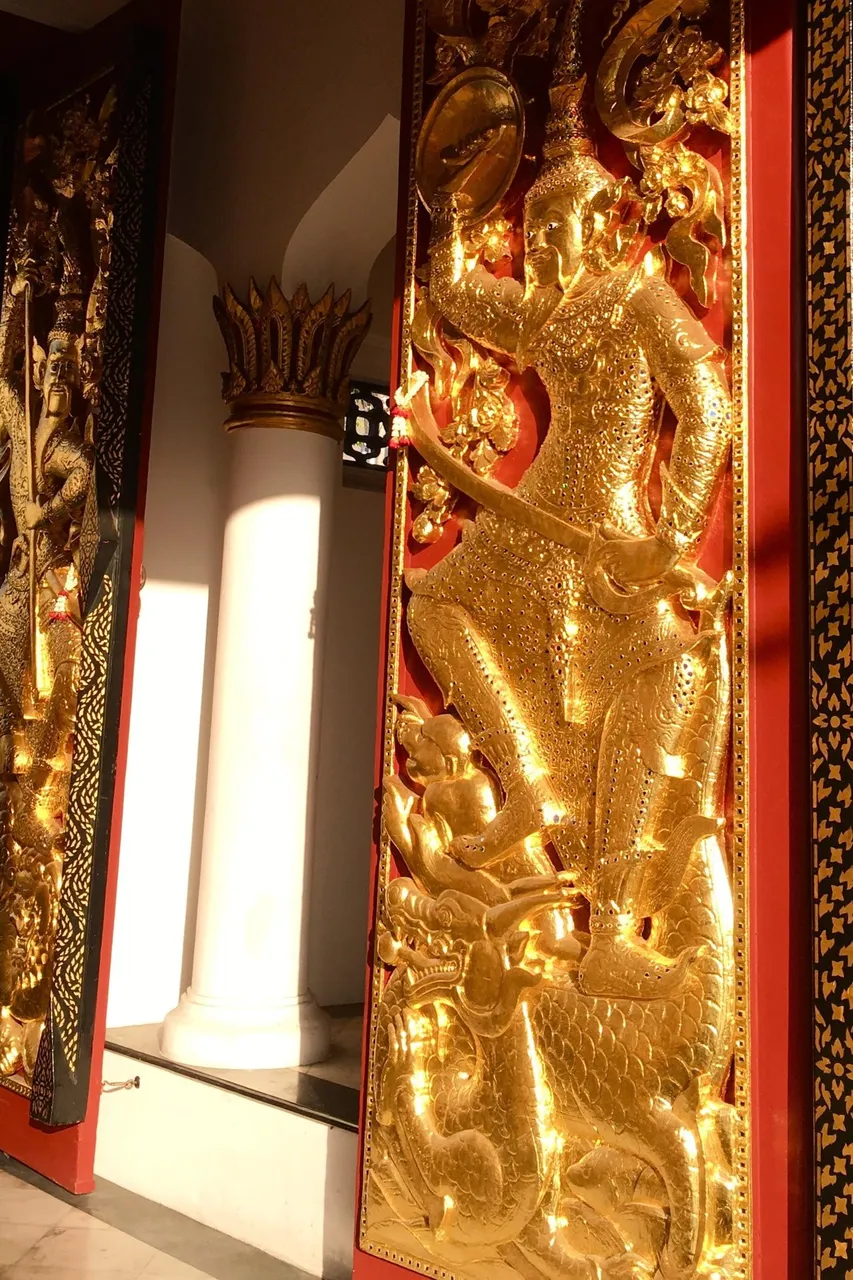
King Rama IV,while being a young prince he became a monk for 27 years during the reign of King Rama III. The young princely monk became the first Royalty who could read and write English proficiently. He had missionaries teaching him English, Latin and mathematics including astronomy. That’s why King RamaIV could calculated and predicted the famous solar eclipse in which he invited all the ambassadors to witness the event together in the south of Siam. Being aware of Western influence and power, he started to prepare the Siamese to get accustomed to Western culture such as in clothing, customs, art and architecture. We could see that Western art and architecture started to spread during His reign. This tendency was even stronger during the Reign of King Rama V. Dutch, British and Italian designers were enlisted to work for the King’s projects of building roads, bridges, buildings and palaces in Bangkok.
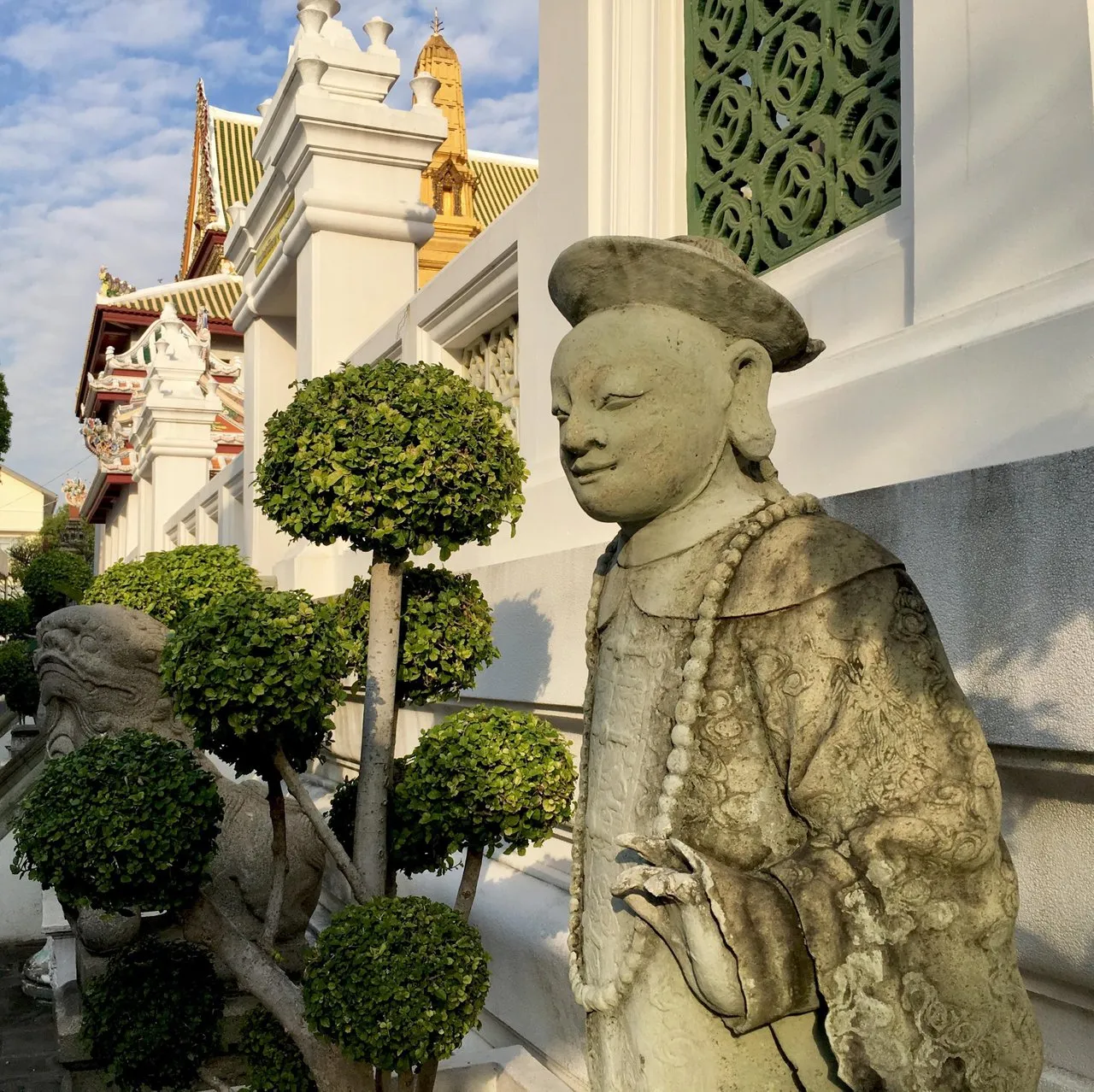
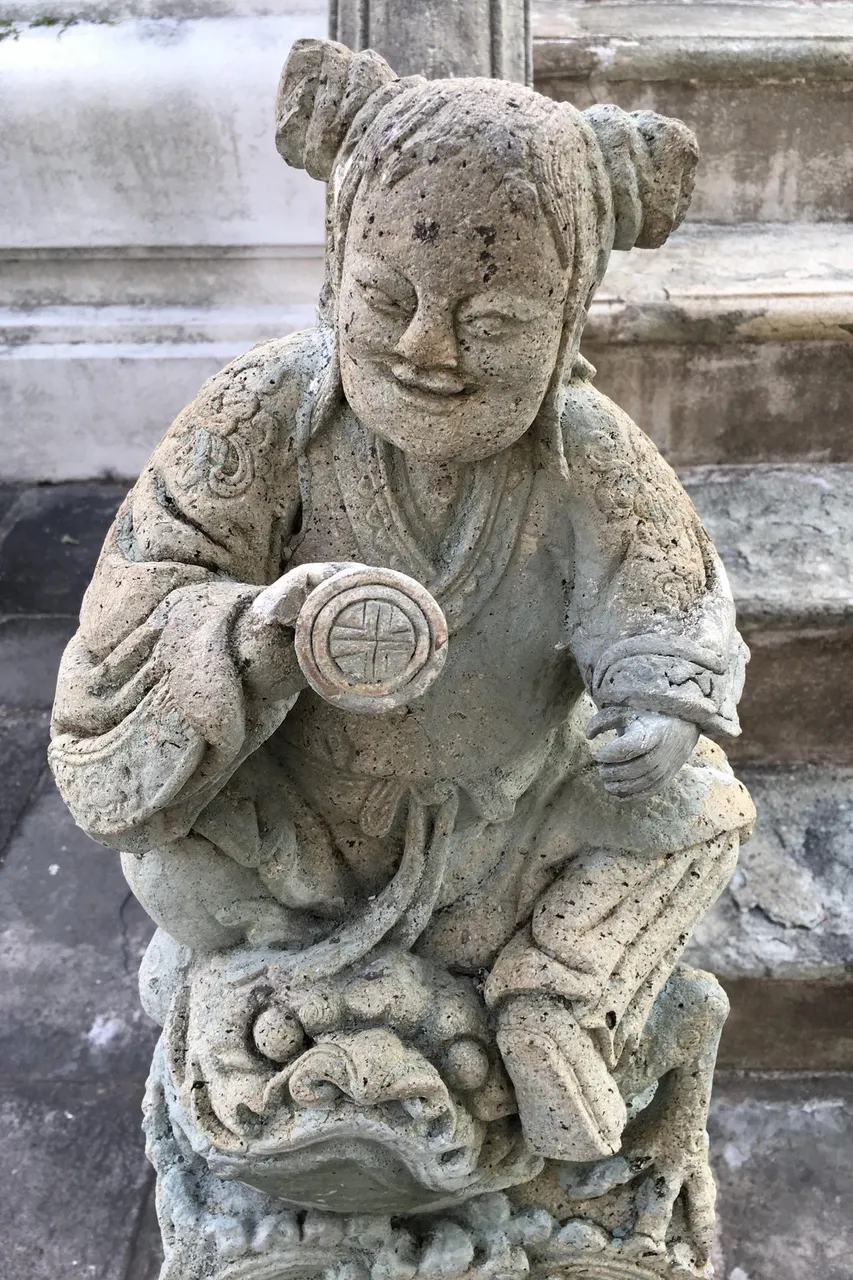
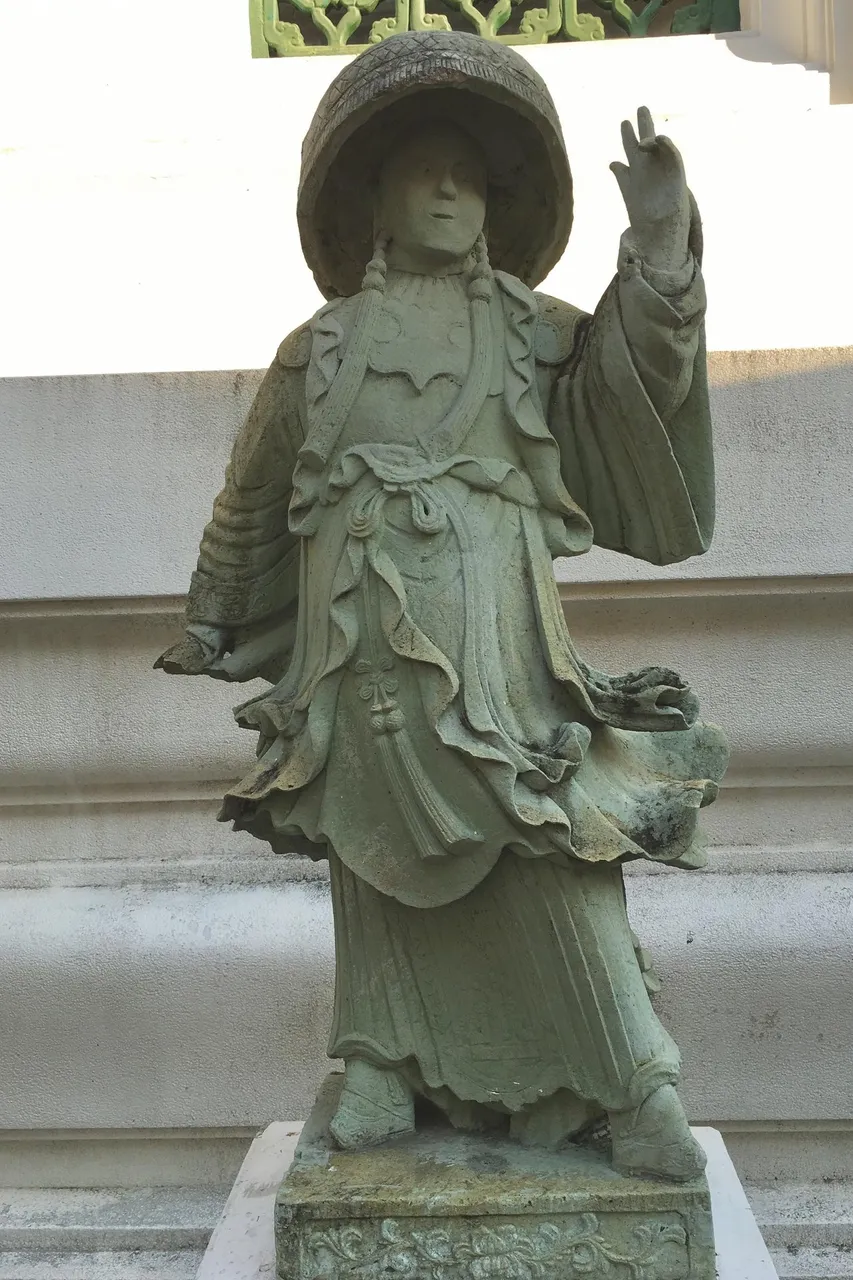
ในสมัยรัขกาลที่4 เมืองสยามเริ่มรับอิทธิพลของศิลปวัฒนธรรมของทาง ตะวันตกเข้ามามากกว่าของทางจีน เพราะเป็นช่วงเวลาของการล่าอาณานิคมโดยประเทศตะวันตก ในหลวงรัชกาลที่4 เมื่อครั้งทรงผนวชอยู่ถึง 27พรรษา และได้ทรงศึกษาภาษาอังกฤษอย่างแตกฉาน รวมทั้งวิชาคณิตศาสตร์และดาราศาสตร์ด้วย ทำให้สามารถทำนายการเกิดสุริยุปราคาที่ตำบลหว้ากอได้อย่างแม่นยำ จนทำให้ทูตานุทูตและชาวตะวันตกทึ่งในความสามารถของในหลวงและชาวสยาม ช่วงรัชสมัยในหลวงรัชกาลที่4 และ5 จึงเป็นการเตรียมรับมือกับการเปลี่ยนแปลงที่จะเกิดขึ้นในอนาคต มีการเปลี่ยนมาแต่งกายแบบยุโรป และรับเอาวัฒนธรรมตะวันตกเข้ามาอย่างรวดเร็ว เช่น มีการจ้างช่างชาวยุโรปมาช่วยออกแบบ และสร้างถนน สะพาน อาคารและพระราชวังในกรุงเทพฯ เราจึงเห็นสถาปัตยกรรมตะวันตกตามตึกของทางราชการ และตึกในโรงเรียนและวัดที่มีการออกแบบตามฝรั่งกันมากขึ้น
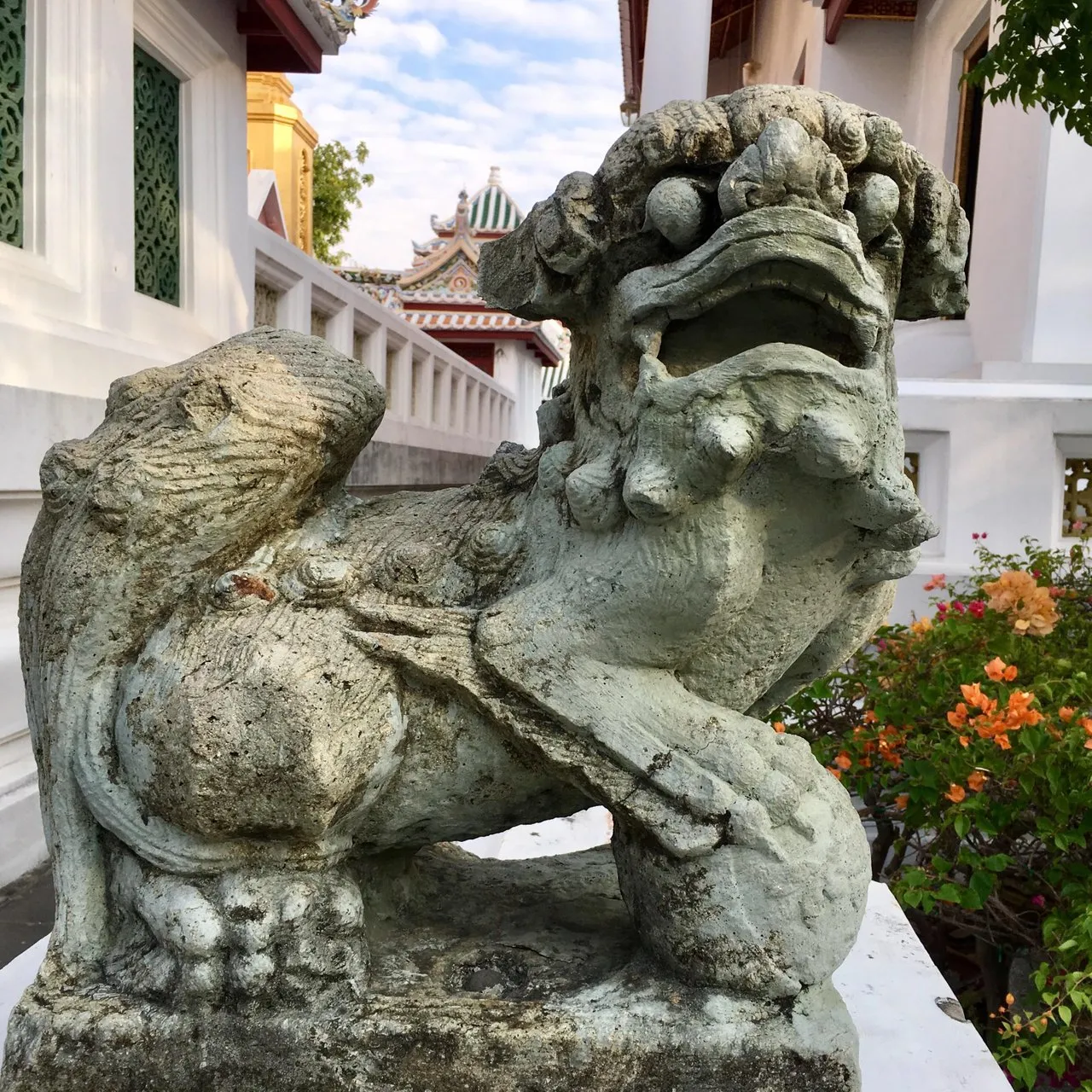
I am afraid this post is getting too long. But I still love to show you more photos of the evolution of architectural influences in a second installment. Meanwhile, I hope that you’ll have a nice weekend!
Cheers.
